Avian influenza
Avian influenza (bird flu, avian flu) — the disease, its impacts and our work.
At BTO, we are dedicated to tackling the challenge of avian influenza. Here you’ll find more information on the virus and disease it causes, its impact on our wild bird populations and the work we are doing to mitigate its impacts.
What is avian influenza?
Avian influenza is a disease of wild and captive birds which is caused by an avian influenza virus. The disease is also known as AI, avian flu or bird flu. It is a different disease to avian pox.
Avian influenza viruses are similar to the viruses which cause flu in humans, but they are adapted to birds.
Scientists categorise the strains of avian influenza into two types, based on their potential to cause disease (known as 'pathogenicity'): high pathogenicity AI (HPAI) and low pathogenicity AI (LPAI).
The most well-known HPAI strain is H5N1. This is the strain that is behind the current outbreaks in UK poultry and wild birds.
Health and safety
The risk of avian influenza transmission to humans is very low, but the expert advice is to avoid handling sick or dead birds with bare skin if you come across them.
- For more advice, please see our information about the additional health and safety risks associated with avian flu.
Reporting avian flu
Avian influenza is a ‘notifiable disease’. For the latest information, please see our guidance on reporting avian influenza.
Key symptoms of HPAI in birds
- The main clinical signs of HPAI in birds are a swollen head; blue discolouration of the neck and throat; loss of appetite; respiratory distress such as gaping beak, coughing, sneezing, gurgling, rattling; diarrhoea; fewer eggs laid; increased mortality; neurological signs such as trembling, falling over, swimming or walking in circles.
- Clinical signs can vary between species of bird and some species, e.g. ducks and geese, may show minimal clinical signs.
Avian influenza in 2023
Avian influenza has devastated Black-headed Gull and Common Tern colonies this breeding season. It has also recently spread into more seabird species.
Read our latest news reports on the outbreak:
- Avian influenza spreads into more threatened seabird species (1 August 2023)
-
Avian influenza mortality rises in threatened gull and tern colonies (14 June 2023)
-
Wave of avian influenza hitting Black-headed Gulls (16 May 2023)
BTO’s Director of Science James Pearce-Higgins spoke at the Parliamentary Science, Innovation and Technology Committee about avian influenza on 21 June 2023.
Avian influenza (2021–22)
AI outbreak spreads to breeding seabirds
Over the winter of 2021/22, an outbreak of HPAI was confirmed in Barnacle Geese wintering on the Solway Firth.
From late spring in 2022, increasing numbers of reports of the disease were received from seabird colonies around the northern UK.
Report on AI workshop organised by BTO and JNCC

Help us protect vulnerable birds
With your support, we can help devastated bird populations recover.
Donate to the Avian Influenza Appeal todayWhat is BTO doing to help tackle HPAI?
As the custodian and coordinator of national datasets of wild bird populations, including their abundance, distributions, and demographics, we are uniquely placed to provide insights and commentary on this issue.
Collaborative science
We are working with the Joint Nature Conservation Committee (JNCC), Country Nature Conservation Bodies (CNCBs), DEFRA, APHA, Scottish Government, RSPB, and other NGOs and administrations to understand the impacts on bird populations and how to tackle the avian flu challenge.
Our scientists have coordinated regular meetings with these other organisations, sharing our expertise and data, so that efforts to tackle the outbreak and address its longer-term impacts are informed by the available evidence.
Utilising volunteer data
Maintaining, supporting and growing our network of volunteers provides a vital service to the wider conservation community and provides crucial information for a wide array of uses, including the assessment of HPAI impacts.
Thanks to the efforts of birdwatchers using BirdTrack, our volunteers and supporters, on the ground responses to the virus are informed by the best available evidence of wildbird numbers and movements.
- This information is used to assess the current risk that avian influenza poses to different species groups, which is used to guide BTO ringing activities. Our decisions about ringing activities during the outbreak are separate from those of the Country Nature Conservation Bodies.
Assessing the vulnerability of bird species
We are carrying out vulnerability assessments, identifying the species and populations which are at greatest risk from the outbreak. This information will help to inform conservation responses and the prioritisation of resources.
Our modelling work will help to reveal the likely medium-term impacts of the outbreak on populations, and the risk that future outbreaks may pose to their future conservation status. In some cases, this will also involve the calculation of extinction risk.
- This is particularly relevant in the case of our breeding seabirds, which tend to be long-lived, slow to reach sexual maturity and, as a consequence, slow to recover from substantial population losses.
Looking ahead: BTO’s HPAI programme of work
Given the scale and potential impact of this disease on our bird populations, we have outlined an extensive programme of work in response.
Our volunteer network acts as one of the early warning signs of further significant outbreaks in several different species groups.
- This outbreak has identified a lack of a centralised repository for the reporting of large wild bird mortalities. We have asked Wetland Bird Survey (WeBS) counters, who undertake monthly surveys of many of our larger wetlands and estuaries, to record bird mortalities as part of their counts.
- This provides structured information on the potential spread of significant waterbird mortality through the winter months.
- Changes in the numbers of dead ringed birds reported to us help us identify additional levels of mortality associated with the disease, and we are analysing these to identify the most affected species and locations.
Informing future planning and decision-making
We have been developing tools to inform future planning and decision-making. Through a collaboration between EURING and EuroBirdPortal, funded by the European Food Safety Authority (EFSA), we have developed a migration mapping tool to inform the management of future avian influenza outbreaks.
- This approach can be extended to develop predictive models of avian influenza spread in domestic birds based on wild bird abundance and movements across Europe.
Informing our supporters
Our membership magazines, other supporter communications and social media feeds continue to carry articles and updates about HPAI and our response to it.
We have done a lot to respond to this crisis and our plans are to continue to play as big a role as we can in helping to safeguard bird populations and assist with their recovery.
- We will provide supporters with regular updates about developments in this area and, in particular, about the progress we are making to help.
Funding our work
We are funding this work both from our core funds, from scheme budgets, and through targeted fundraising efforts. We launched our Avian Influenza Appeal in 2022.

Researching the impacts of a deadly outbreak
We launched our Avian Influenza Appeal in November 2022, but donations remain as vital for our work on HPAI now as they were then.
Donate to the Avian Influenza Appeal todayFrequently asked questions
- If you have questions about the health and hygiene aspects of avian influenza, please see our information about the additional health and safety risks associated with avian flu.
What should I do if I find a dead bird?
Birdwatchers can be of great assistance in staying alert for unusual cases of mortality or sickness in wild birds. Many thousands of birds die every week of natural causes and so it is not unusual to occasionally find dead individuals.
In England, Scotland and Wales:
- Report dead wild birds to Defra.
- If you know the species, ALSO report the dead bird to BirdTrack.
In Northern Ireland:
- Report dead wild birds to DAERA.
- If you know the species, ALSO report the dead bird to BirdTrack.
Read more information and advice about dead birds in England, Scotland and Wales, and in Northern Ireland.
Where possible, avoid directly touching any dead birds. If you move a dead bird e.g. if a cat brings one into your house or you need to check if it is ringed, invert a plastic bag over your hand and pick the bird up in the plastic.
If the bird is ringed, report the ring details to BTO using the EURING website, then draw the bag over your hand and tie it up and dispose of it in your usual household waste, and wash your hands with soap and water.
Some key sites have been selected to collect more detailed information on wild bird mortality via the Epicollect systems. These Epicollect sites are contacted by the relevant SNCBs (Natural England, Natural Resources Wales, NatureScot, NIEA) with details.
Further information about avian influenza
Resources from BTO and our partners:
- The EURING migration mapping tool uses recoveries of birds marked with individually identifiable rings to map migration routes in both space and time for wild birds moving to and from Britain and Ireland.
Resources from external organisations:
- Information about the species affected and the locations of outbreaks are publicly available via the Government’s weekly APHA Avian Influenza reports and summarised in regular HPAI Outbreak Assessments.
- National government guidance, including actions for poultry keepers, is available for England, Scotland, Wales and Northern Ireland.
- Information about HPAI in Europe is reported by the European Food Standards Agency.
- Information about HPAI globally is reported by the World Organisation for Animal Health.

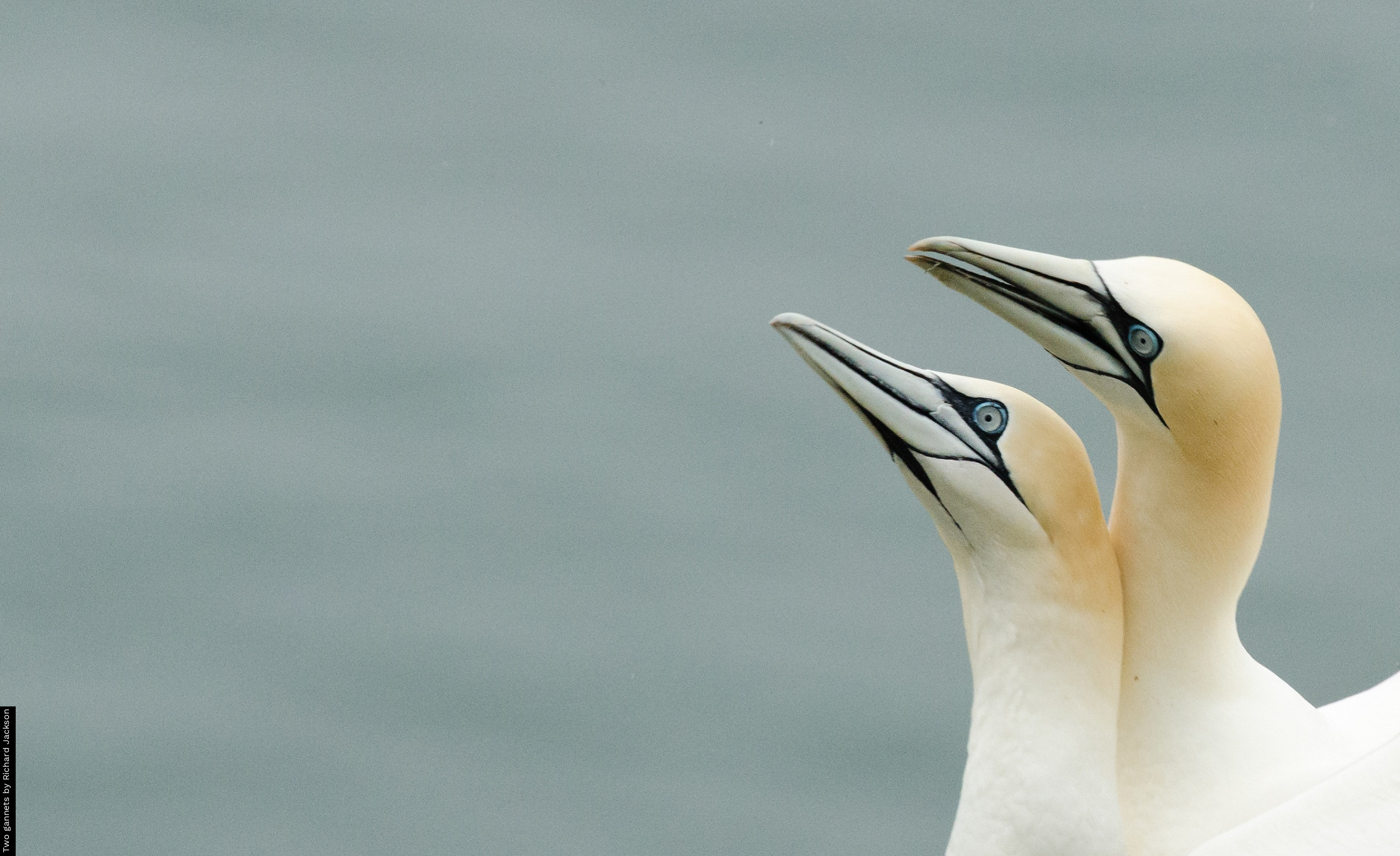
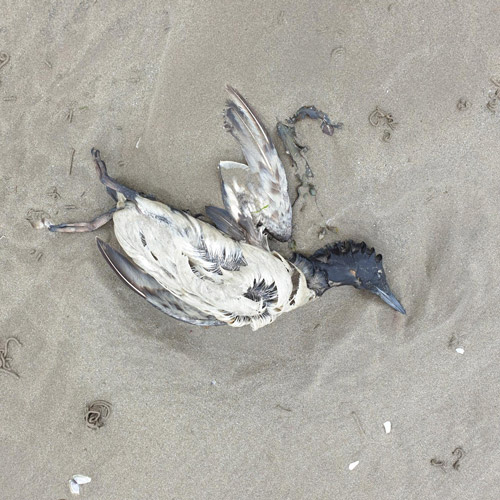
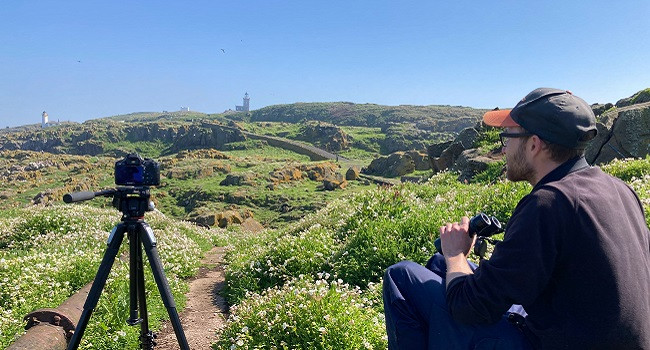
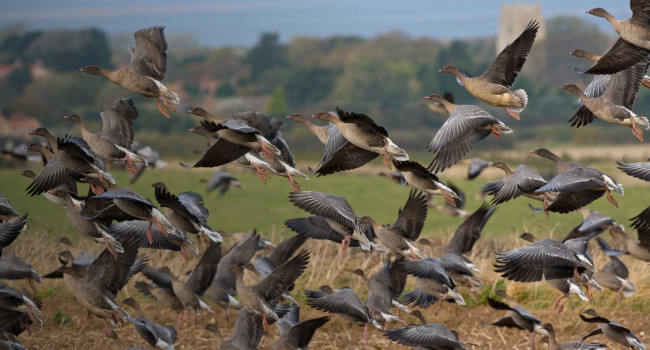
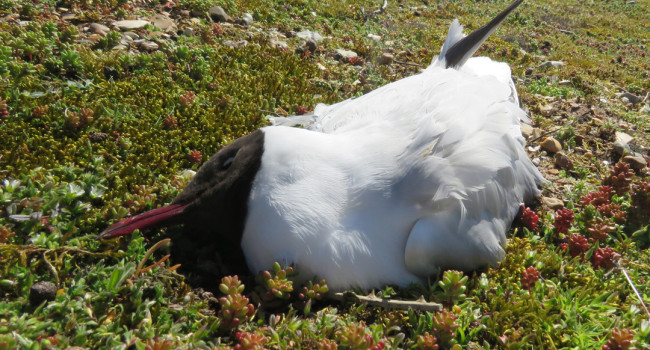

Share this page